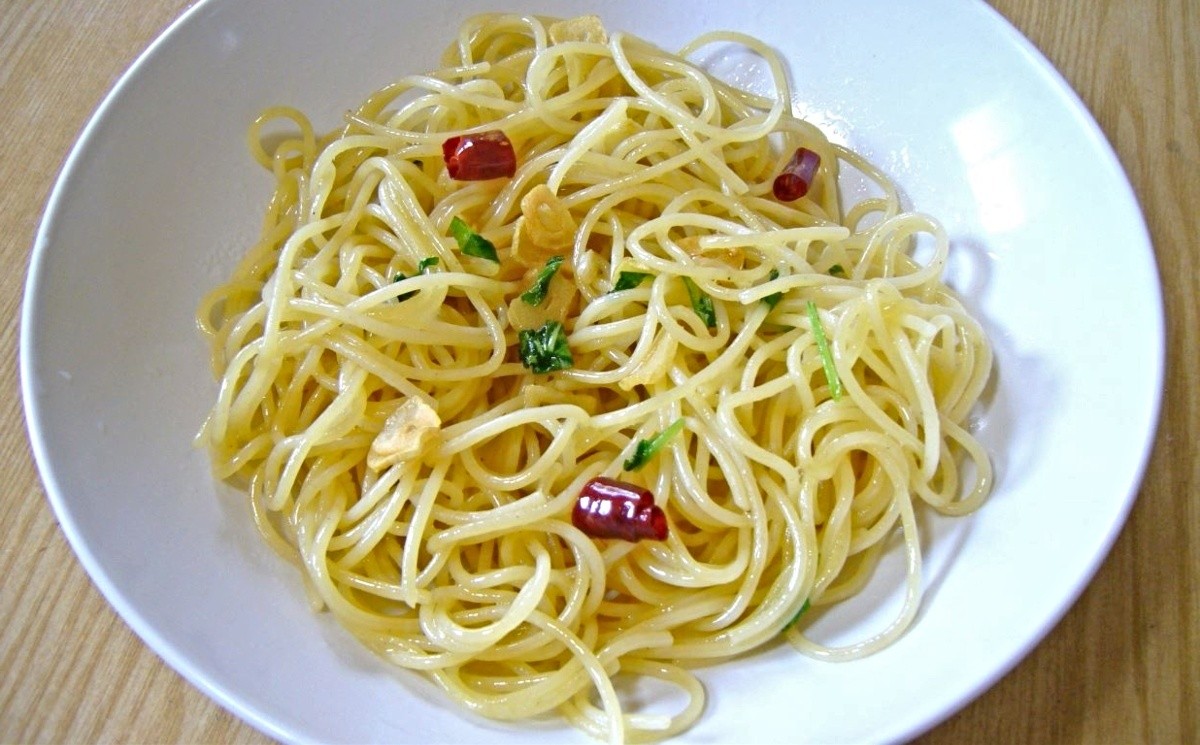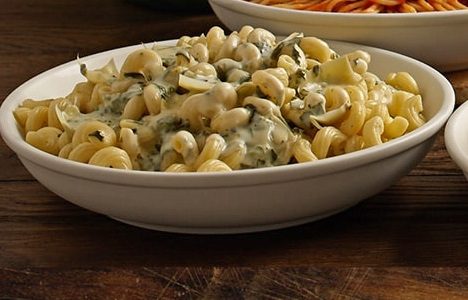Perhaps you recall several decades ago (circa late 1980s) hearing about the “French Paradox.” In sum, this observation stated that while people in France eat foods high in saturated fats (foie gras, brie cheese, buttery croissants, etc.) they suffered fewer heart attacks than Americans of the same age and socioeconomic status. Further, the French even smoked more than Americans — perhaps THE major risk factor in our overall health — and still their incidence of cardiovascular disease was significantly less.
Turns out, there has been some dispute about this, the dissenters claiming that all along it was an illusion of inaccurate statistical analysis. In the timeline of history, the French had only recently started eating so unhealthily, and chronic diseases take decades to develop. Americans had been eating poorly for 40 years prior, so we had a big head start. Nowadays, the statistics between the two countries are much more closely aligned.
Fast-forward to 2016 when the Journal of Nutrition & Diabetes published an article entitled:
Association of pasta consumption with body mass index and waist-to-hip ratio
(Before you click over to reach the report, a spoiler alert: eating pasta does NOT make you fat!)
So, assuming that we’ve been more precise with our statistics this time around, how can we explain this apparent contradiction?
Well actually, there’s nothing really new or shocking here. Pasta has long been a staple of the Mediterranean Diet. But “diets” are complex, and proclaiming one ingredient in that diet as either “good” or “bad” is wrong-minded, reductionist thinking.
It’s all about that food’s role within a larger cultural landscape (social eating vs. binge eating), the proximity to the source (i.e. whole foods vs. highly processed foods), and obviously, portion size (both over the course of a given meal, as well as the course of a day or week). Yes, there is such a thing as too much pasta.
But that’s still vague. Let’s see if we can break it down a little more precisely and see what’s really going on here. A simple comparison might help clarify the discussion.
A Tale of Two Pastas

Traditional Spaghetti Aglio, Olio, e Peperoncino
Nutrition Facts (Amount Per 1 serving):
Calories - 248 | % Daily Value* |
|---|---|
Tot. Fat - 6 g | 23% |
Sat. fat - 0 g | 0% |
Trans fat - 0 g | N/A |
Chol. - 0 mg | 0% |
Sodium - 536 | 22% |
Carb - 40 g | 67% |
Fiber - 2 g | 8% |
Sugar - 0 g | N/A |
Protein - 6 g | 10% |

Never Ending Pasta Bowl, Creamy Spinach & Artichoke Sauce®
Nutrition Facts (Amount Per 1 serving):
Calories - 863 | % Daily Value* |
|---|---|
Tot. Fat - 81 g | 126% |
Sat. fat - 51g | 255% |
Trans fat - 3 g | N/A |
Chol - 235 mg | 78% |
Sodium - 1070 | 44% |
Carb - 14 g | 8% |
Fiber - 2 g | 8% |
Sugar - 6 g | N/A |
Protein - 11 g | 22% |
*Percent Daily Values are based on a 2,000 calorie diet. Your daily values may be higher or lower depending on your calorie needs.
The first dish is a classic in Italian (specifically, Roman) cuisine. Perfect in its simplicity. You can taste each of the four ingredients. Inexpensive. Easy to whip up at a moment’s notice. And oh-so deliziosa.
The second dish is served at an “Italian” restaurant chain which shall remain anonymous. (But suffice to say that they are the largest such chain in the U.S. and their initials are O.G. Enough said.)
Mind you, the nutritional analysis above is for one bowl of this abomination, but they are very proud to offer you an “endless” bowl of this calorie-bomb — talk about too much pasta!
To accompany your artery-clogging pasta course, this establishment also offers free unlimited bread sticks — at 150 calories apiece — and unlimited “salad” (a.k.a. lettuce as a vehicle to deliver a gloppy, unhealthy dressing to your mouth) — which weighs-in at about 350 calories per bowl.
So just imagine — a few bread sticks, a bowl of salad, and a couple troughs of pasta, and you’ve horsed down over 2,500 calories in one 30-minute sitting. AT LEAST 25% more than you need in an entire 24 hour period.
Any questions as to why pasta has been given a bad reputation in the U.S.? Any doubt as to why Italians live longer than Americans?
Too Much Pasta? A Final Caveat
When we speak of a “traditional” Mediterranean Diet, we’re usually referring to what was found in the region during late 19th and early 20th century. By now, alas, the countries surrounding that beautiful azure sea have also adopted plenty of bad eating habits. ("The Global Industrial Diet," as it has been ominously labeled.)
Put another way, there is a big difference between the meals eaten in rural Sicily or Crete in, say, 1922, than are being consumed in Rome or Athens in 2022. One hundred years of "progress," I suppose, by someone's definition.
Key Takeaways
- Pasta, in reasonable portions (70-80 grams, 2-3 times a week), does NOT make you fat.
- This “Italian Paradox” is verified from generations of evidenced-based population studies on the benefits of the Mediterranean Diet.
- That said, the Mediterranean Diet is not a “diet” at all; it’s a lifestyle that is easy to maintain in contrast to extreme dieting fads.


it’s good that you are keeping busy doing something very worthwhile……your food blog will become very popular…..we hope so!! be resourceful, correct, and interesting and Italian with your information. richard
There is no doubt in my mind that is ti possible to create really healthy, low calorie pasta dishes.
It is grea fun to use the vegetables you have grown or bought at the Farmers Market and then to have a green salad afterwards to finish a meal.
Like Rick – there are caveats: Cream, butter, wine, premade sauces in large or regular amounts do not really help with a healthy diet!
PORTION SIZES are critical – and with pasta you really could experiment to see what makes a plate size meal not a food bowl!
Oops – I live in Italy and love pasta – but lots of other stuff too!
Totally agree, Marc! And portion size… YES, absolutely! Thanks for your feedback!
Bravo
So happy to have you back, Rick! We’ve missed you!